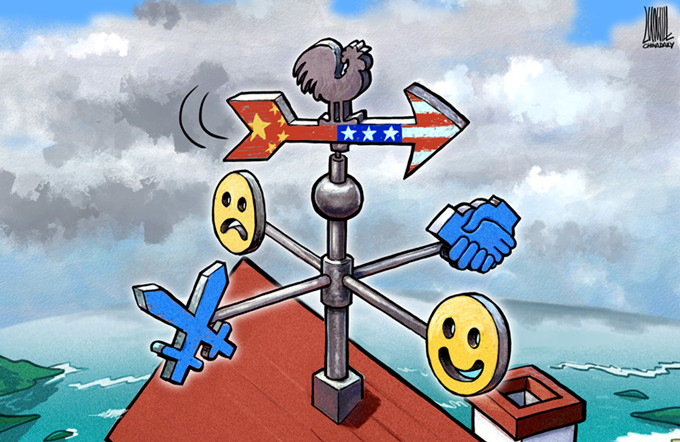Prelude to a water and economic crisis?
Steady deterioration of water bodies is one of the most pressing problems facing the world today. In Asia, degradation of water quality and the problems it spawns are so extensive and serious that they are threatening to harm economic growth and affect the health and quality of life of billions of people.
China's high economic growth has had an adverse impact in terms of access, volume and quality of water as well as equity, management and investment requirements. While the magnitude of the water quality problem has steadily widened, planning, management and institutional capacities have not improved commensurately, and thus complicated matters further.
Water scarcity and pollution of water sources are two of the most serious problems for China. Pollution has now spread from the coastal region to inland water bodies, affecting both surface water and groundwater. More than 53 billion tons of (untreated or inadequately treated) wastewater is discharged into China's water bodies every year. And as early as 2006, water in a stretch of more than 25,000 km of rivers failed to meet the quality standards for aquatic life and about 90 percent sections of rivers in and around urban areas were seriously polluted. The World Bank estimates that water scarcity and pollution are costing China about 2.3 percent of GDP - 1.3 percent due to water scarcity and the rest as a direct impact of water pollution.
Water quality is a bigger problem in North China, where shortage of water prevents pollutant discharges from being diluted. In the northern region, about 40 percent of the rivers have the two worst water quality standards: grades V and VI. This means water is so highly polluted that it is not only unsafe to drink (a serious health issue in itself), but also very difficult and expensive to treat.
Pollution is a serious problem in rural areas, too. Ministry of Water Resources data show that more than 300 million people don't have access to safe drinking water. While in terms of money the cost is a staggering 66 billion yuan ($10.72 billlion), the main cost is in terms of human life as diseases like diarrhoea, cholera and cancer continue to afflict people.
Although the impact of water pollution on health is very serious, it cannot be quantified because of lack of reliable data both on the pollutants and the households that use poor quality water.
Water pollution is also harming China's south-to-north water transfer project. Along the "East Route", for example, industrial pollution has affected many of the poorer areas of northern Jiangsu and western Shandong provinces, delaying the construction of the project. Speaking at a forum in September 2000, Zhu Rongji, then premier, said the initial stage of the project should follow the principle, "first save water, then transfer it; first clean up pollution, then let the water flow; first protect the environment, then use water". Unfortunately, more than a decade later, pollution problems along the East Route have still not been fully solved.


















